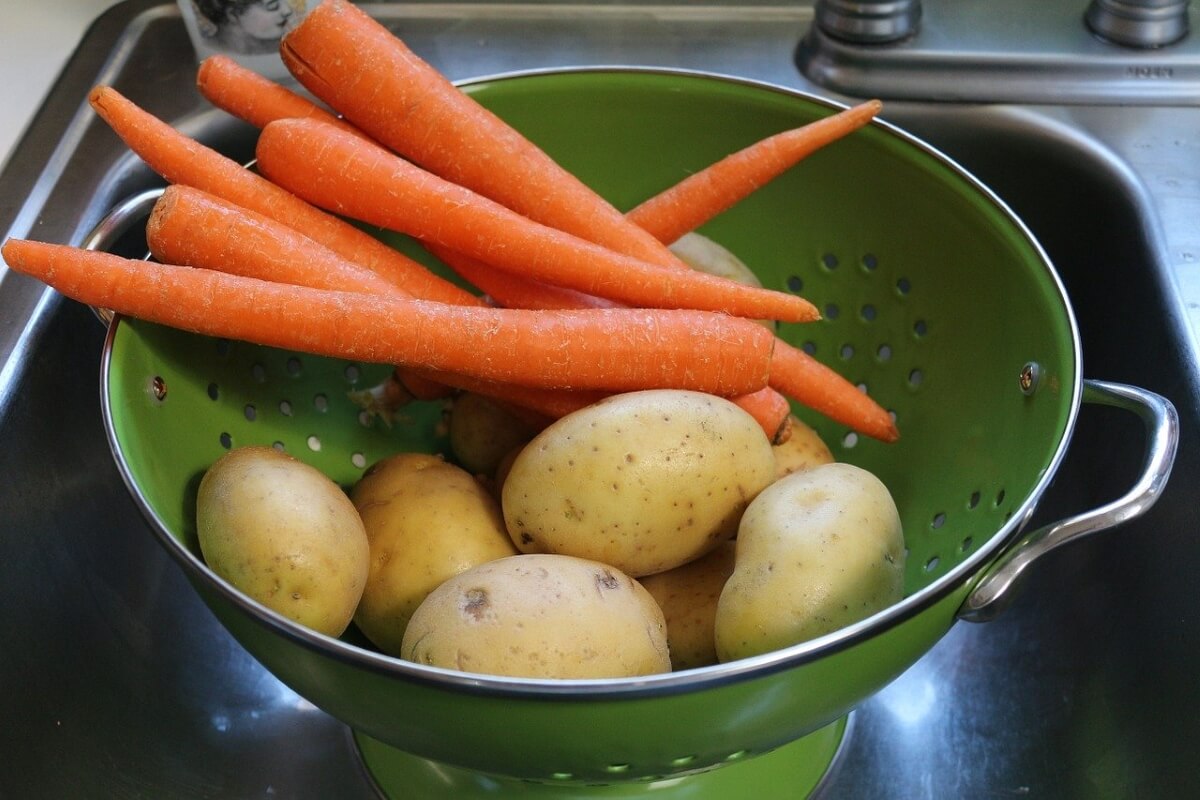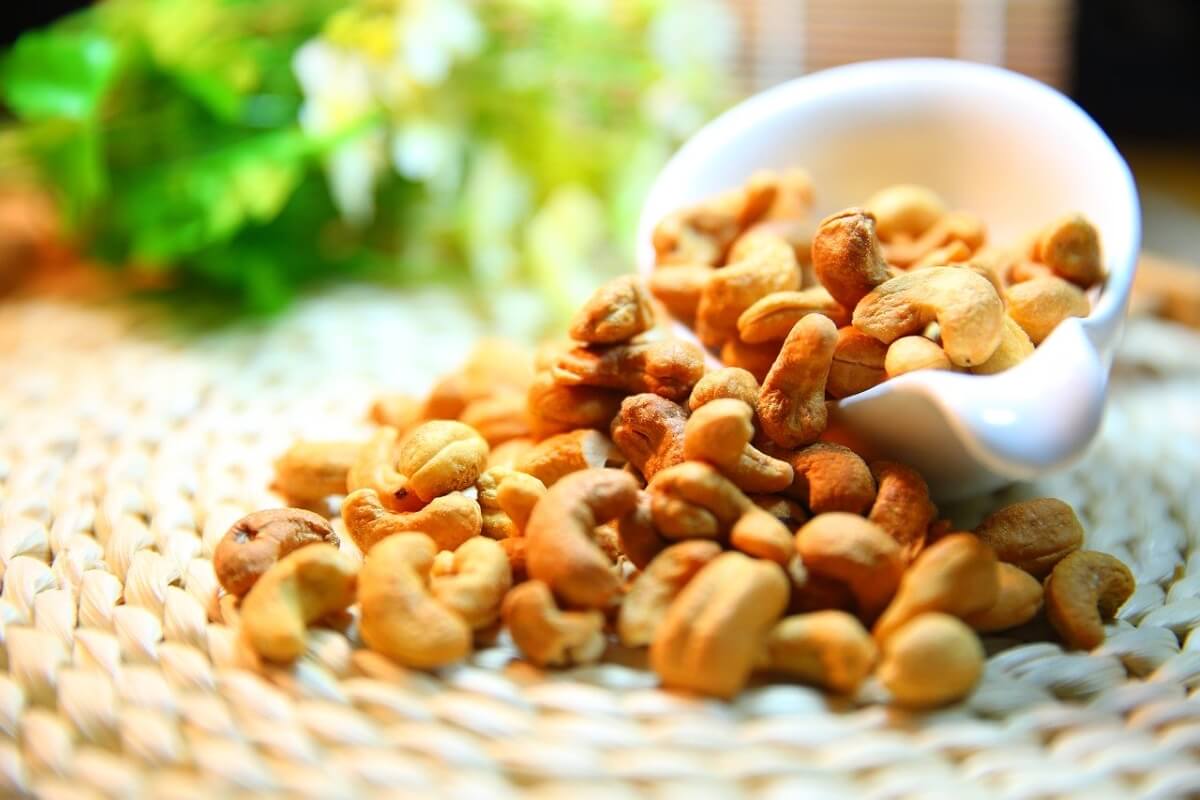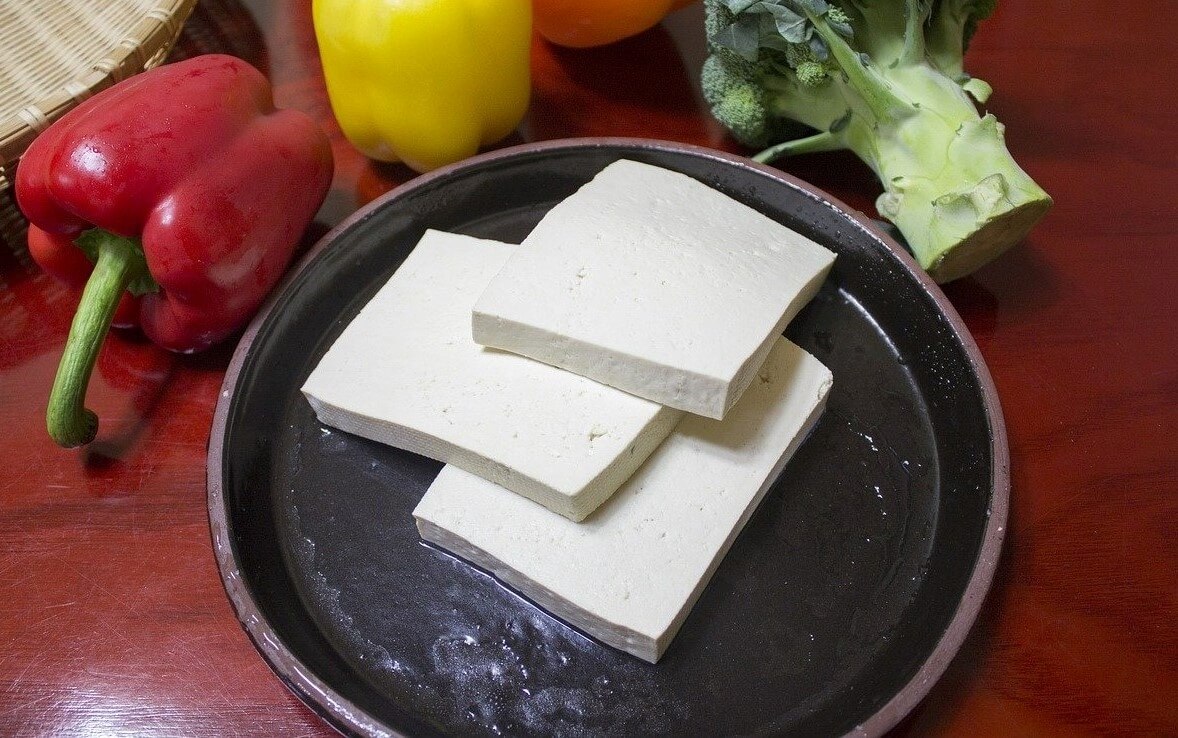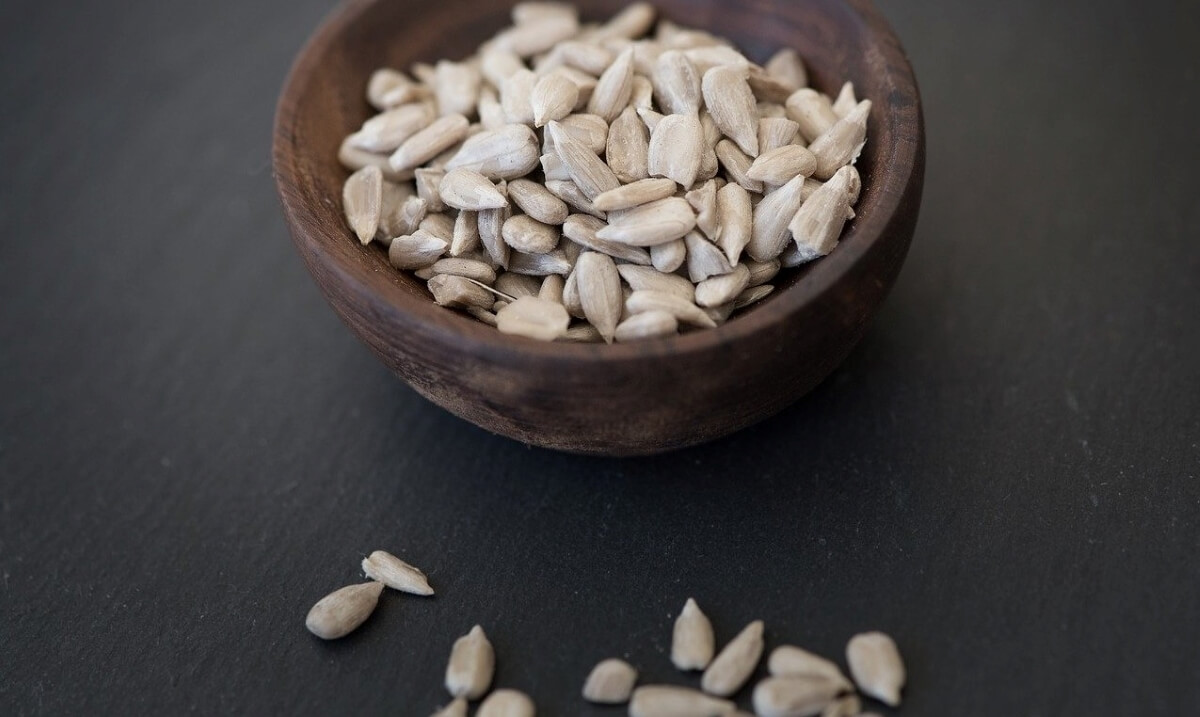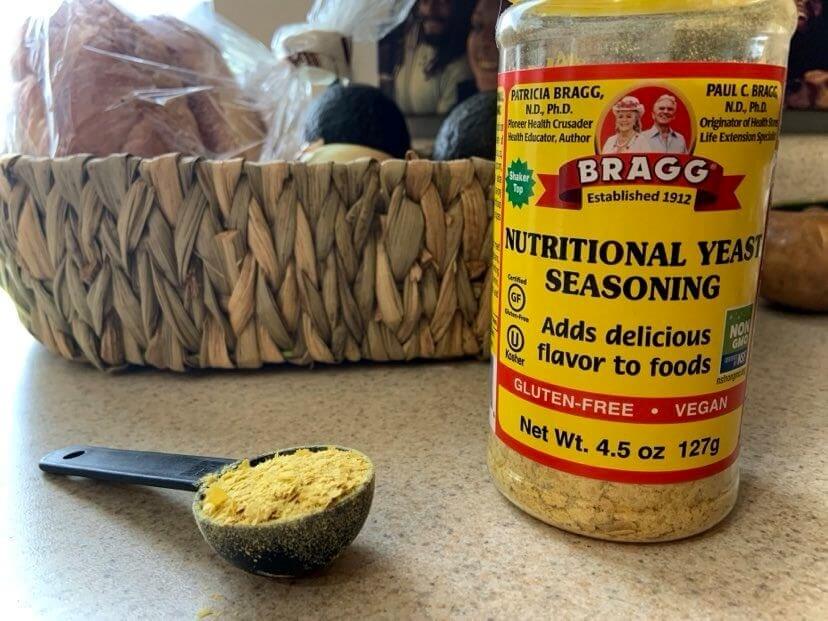The post PETA Animated Clip Exposes Johns Hopkins’ Owl Torture Chamber appeared first on PETA.
This Is How Vegans Are Helping Out During the COVID-19 Crisis
People are in need of help, and vegans have been answering the call. The economic impact of the COVID-19 crisis has already affected many people in life-altering ways, as one in five American workers have filed for unemployment since March. Essential healthcare workers have also been striving tirelessly to save those who have contracted the disease, get others tested, and stop the spread of the virus. Many vegan restaurant owners, who are feeling the pain themselves, have been giving vegan donations and organizing food banks to help support their communities. Going vegan is a strong personal action that can help cut off the next pandemic at its source, so it’s important that more people are learning how tasty and healthy vegan food can be.
Here are just a few of the ways vegans are having a positive impact on their communities:
PETA
Our Vegans for the Vulnerable initiative is asking supporters to pick up an extra vegan pantry staple with their groceries to donate to their local food bank in order to help out those in need, since food banks are struggling to keep up with the demand.
PETA Latino
PETA Latino partnered with Chipotle and Baskin-Robbins to donate vegan burritos and vegan ice cream, respectively, to frontline hospital workers at Scripps Mercy Hospital in Chula Vista, California. The hospital, which has been hard hit, is caring for COVID-19 patients from both sides of the U.S./Mexico border.
Support + Feed (Los Angeles, New York City, and Philadelphia)
The Support + Feed program donates vegan meals to essential workers and food banks while supporting local vegan businesses. Founded by Maggie Baird (the mother of vegan Billie Eilish and her wonderful brother Finneas), Support + Feed allows customers to donate through their favorite vegan restaurants and connects those restaurants to organizations that assist people who have been affected by the crisis. For more information and to donate, visit the Support + Feed website.
Modern Love With Chilis on Wheels (Brooklyn, New York)
Award-winning vegan chef Isa Chandra Moskowitz and her Modern Love restaurant in Brooklyn have partnered with vegan food relief organization Chilis on Wheels to provide local residents in need with meals. Every Thursday, Friday, and Saturday in May, the Modern Love Community Meals program will serve vegan food, including delicious dishes such as Mac & Shews, Chickpea Cutlets & Gravy, burrito bowls, and lentil chili with cornbread. Chilis on Wheels delivers free meals from Modern Love to surrounding communities on Fridays and Saturdays, while food can be purchased for $2 directly from the restaurant on Thursdays.
Shimmy Shack (Plymouth, Michigan)
Vegan and gluten-free food truck Shimmy Shack is launching Michigan’s first 100% vegan and gluten-free food pantry, Shimmy’s Cupboard. The food pantry, which will open in Plymouth, will offer educational programs and a safe, welcoming space for community members to access healthy food. Visit the Shimmy’s Cupboard website to donate and help get the pantry off to a strong start.
Golden Dinosaurs Vegan Deli (Gulfport, Florida)
This vegan restaurant and bakery has organized community support to deliver meals to healthcare workers fighting on the frontlines of the crisis. Owners Audrey and Brian Dingeman, with support from their loyal customers, created the Golden Dinosaurs Vegan Deli Healthcare Helpers program, which allows people to purchase box lunches that are prepared and delivered to healthcare workers. The deli partnered with Bayfront Health St. Petersburg and provided 1,100 boxes as of April 28—560 boxes away from its goal of feeding all 1,700 staff members. Golden Dinosaurs’ lunch boxes are available to donate individually or in bulk and include a vegan sandwich, side, and house-made dessert. For more information, visit the Golden Dinosaurs website.
Word of Mouth Truck with Polo’s Pantry (Los Angeles)
Word of Mouth Truck, a Los Angeles–based food truck that offers vegan comfort food, teamed up with mobile food pantry Polo’s Pantry to help give a hearty vegan meal of a burger and fries to people in the homeless community in Los Angeles. To donate a meal, visit Word of Mouth Truck’s website.
Amy’s Kitchen (Northern California)
Amy’s Kitchen donated more than 150,000 meals to food banks, hospitals, and organizations that serve the elderly and children in need. It has also distributed 36,000 face masks to medical professionals in the company’s local communities and is offering free meals to first responders and healthcare professionals at its drive-through restaurant in Rohnert Park, California.
Community Solidarity (multiple locations in New York)
This vegan food bank in New York has been safely providing low-income communities with vegan groceries during the COVID-19 crisis. Its volunteers have set up a system in which families can receive food without leaving their cars, to help maintain social distancing.
Honeybee Burger (Los Feliz, California)
Honeybee Burger donated vegan burgers to frontline healthcare workers in the local community and is looking for more groups to help support during the crisis.
Modern Times Beer (San Diego, Los Angeles, and Portland, Oregon)
Vegan brewery Modern Times set up a coffee and pastry donation system to help treat frontline nurses in California and Oregon to a pick-me-up and to thank them for their hard work. To donate a can of cold brew or a fresh vegan pastry, visit the Modern Times website.
Going vegan is the best thing that you can do for all animals, including humans. When you do so, you save the lives of nearly 200 animals every year. You can also help PETA in its effort to shut down filthy slaughterhouses, where many workers have contracted COVID-19 and are exposed to other dangerous conditions.
PETA’s Vegan Mentor Program can help you make the transition and provide you with even more reasons to go vegan today:
The post This Is How Vegans Are Helping Out During the COVID-19 Crisis appeared first on PETA.
Can Cheese Come From Carrots or Cashews? Yes—Here’s How
Every day, more people ditch dairy to help keep families together and save cows from being milked until their bodies break down. But those who are on the fence about going vegan are often saddled by one big question: “How do I replace cheese?”
These days, nearly every grocery store in America sells vegan cheese. But your kitchen probably has many whole-food ingredients that you can use to make your own tasty cruelty-free cheese.
The number of vegan cheese recipes out there rivals the number of stars in the galaxy. So if you don’t like one, just try another! Here are a few of our favorites to get you started.
Become a level 99 vegan by turning potatoes and carrots into “cheese.”
These humble root veggies make for a great dairy-free cheese. Seems impossible, we know—but try out this delicious Vegan Nacho Cheese recipe by hot for food. It’ll certainly make you a believer.
Sweet potatoes can also be used to make “cheese”—like in this Sweet Potato Vegan Cheese Sauce recipe from Eat Plant-Based or Connoisseurus Veg’s tasty That’s Nacho Sweet Potato Cheese! recipe. For one of the best vegan mac and cheese recipes we’ve ever tried, we suggest picking up a copy of Jenné Claiborne’s Sweet Potato Soul cookbook.
There’s also cashew cheese—yes, we’re for real.
Who knew that the best crunchy ice cream sundae topping (that’s right—don’t @ us) could also be transformed into a delectable “cheese”? There are plenty of recipes out there for it—Ambitious Kitchen claims to offer The Best Vegan Cashew Cheese Sauce You’ll Ever Eat.
If you’d rather make a hard, sliceable cheese that’s perfect for putting on crackers or pairing with wine, try Loving It Vegan’s Sliceable Cashew Cheese recipe.
You can also use cashews to make vegan Parmesan cheese to sprinkle over dishes with this super-easy recipe from Simple Vegan Blog—it seriously takes less than five minutes.
Use tried and true tofu.
Unlike animal-derived foods, tofu has never caused a pandemic—but it is guilty of being one of the most versatile whole foods out there. We love using this easy Tofu Ricotta recipe by That Was Vegan? for pizza and lasagna.
Simple Vegan Blog came up with this ingenious recipe for Vegan Tofu Feta Cheese. But if you’re looking for a more spreadable option, try The Edgy Veg’s Tofu Cream Cheese recipe.
Sunflower seed cheese is like a ray of sunshine in your mouth.
Not everyone is into nuts, which is why 86 Eats created this Nut-Free Vegan Queso with Rotel recipe. Also, try the Vegan Smoky Sunflower Cheddar, which is perfect for a cheese plate.
Vegan chef Jenné Claiborne is allergic to cashews, which helped inspire her to concoct this spreadable Sunflower Seed Vegan Cheese.
Let’s talk yeast.
You may have noticed that many of these recipes call for a healthy helping of nutritional yeast—or, as the cool kids call it, “nooch.” Nutritional yeast has a cheesy flavor, and sprinkling a handful of it on some popcorn or pasta—or anything, really—can satisfy a cheese craving.
Bragg Nutritional Yeast Seasoning is probably the most popular brand of nooch, but sometimes you can also find stores’ own brand of nutritional yeast in the baking aisle or in the bulk section.
No matter which “cheese” you choose, make sure it’s dairy-free.
No cow would choose to be forcibly impregnated over and over again just so humans can steal her milk before she’s sent to the slaughterhouse. Cows have unique personalities and experience a wide range of emotions—just imagine the grief a mother cow must feel when her baby is stolen from her.
There are countless reports of mother cows who’ve continued to call out and search frantically for their babies after they’ve been taken away and sold to veal or beef farms. Cows are gentle giants who mourn the deaths of loved ones, sometimes shedding tears over their loss.
Please, let PETA help you and you loved ones go vegan today. Order a free vegan starter kit. Sign up for a free vegan mentor. We have all the resources necessary to support folks who want to ditch meat, eggs, and dairy. You can make a real difference and save nearly 200 animals a year simply by not eating them!
And if you want more whole-food, diary-free options, check out Whole-Foods, Plant-Based Butter for a Healthy Lifestyle
The post Can Cheese Come From Carrots or Cashews? Yes—Here’s How appeared first on PETA.
10 Horrible Things NIH Does to Monkeys With Your Tax Dollars
Want to know what’s wrong with conducting experiments on monkeys? PETA has obtained shocking video footage of so-called “scientists,” led by National Institutes of Health (NIH) experimenter Elisabeth Murray, terrifying captive monkeys with fake snakes and spiders. These cruel and pointless tests on animals have cost U.S. taxpayers more than $36 million, yet not one single treatment or cure for human illnesses has come from them in 30 years.
Here Are 10 Things You Need to Know About These Twisted Experiments on Monkeys:
1. Murray keeps nearly 100 monkeys in her laboratory at any given time.
These monkeys are deliberately terrified with realistic looking snakes and spiders. They are also subject to another fear-inducing test called “The Human Intruder Test,” in which an unfamiliar, threatening human stares at the monkeys, deliberately terrifying them.
2. These monkeys are forced to endure multiple invasive surgeries, leaving them permanently brain damaged.
3. Many monkeys in this laboratory have “head posts” surgically implanted into their skulls using screws and cement.
This allows experimenters to force the monkeys to keep their heads completely still for hours at a time. It takes a month for monkeys to heal from this surgery, but the head posts remain in their skulls for the rest of their lives.
4. Monkeys also have “chambers” (holes) cut into their skulls, so experimenters can inject drugs directly into their brains whenever they want.
Sometimes the experimenters accidentally hit a blood vessel, causing the monkeys’ brains to bleed. Experimenters must occasionally perform additional surgeries to scrape away bone that has grown into these chambers.
5. Experimenters also inject toxins into the monkeys’ brains, sometimes causing erratic heart beats or even respiratory arrest.
6. Other monkeys have portions of their brains sucked out of their heads.
For some monkeys, the experimenters will damage multiple regions of their brain, requiring multiple surgeries. Sometimes the experiments don’t damage the part of the brain they meant to, so the monkey must endure even more surgical procedures.
7. Murray forces many of her monkeys to live all alone, even though she knows this causes them extreme psychological harm.
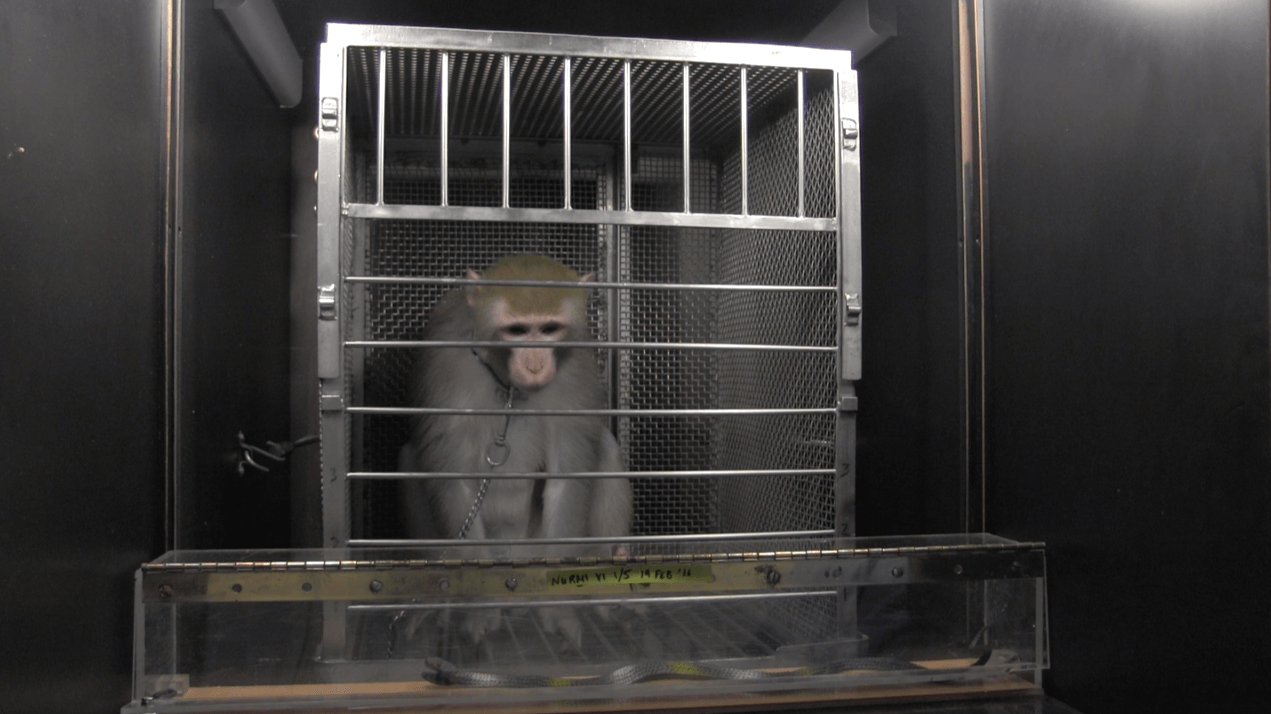
She does this because the brain-damage she causes these monkeys makes it impossible for them to have normal social interactions with their peers.
8. For some experiments, the monkeys are forced to wear a collar and are strapped into a “restraint chair,” sometimes for hours, similar to the one seen below:
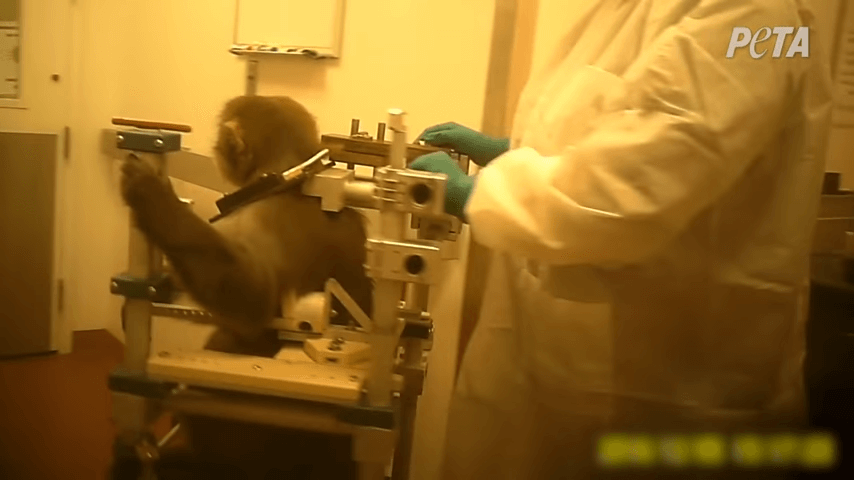
Other monkeys in the laboratory are sometimes forced to lie awake, with their bodies and heads restrained, in an fMRI scanner for up to five hours at a time.
9. For some experiments, Murray and her laboratory staff deprive the monkeys of water, so they will be thirsty enough to drink bitter tasting liquids like citric acid and quinine.
In other cruel and pointless tests, experimenters blow puffs of air into the monkeys’ eyes to see how they react to “aversive” events.
10. After torturing these monkeys for years, the experimenters in Murray’s laboratory kill them.
Then, they remove the monkeys’ brains and dissect them.
You Can Help Stop Monkeys From Suffering in Experiments
You can make a difference for these animals. Join the tens of thousands of compassionate people who’ve already taken action to demand that NIH stop experiments on monkeys and immediately shut down Murray’s lab.
This piece was co-written by PETA Neuroscientist Dr. Katherine Roe.
The post 10 Horrible Things NIH Does to Monkeys With Your Tax Dollars appeared first on PETA.
Jon Kortajarena: Adoptar Es Amar
The post Jon Kortajarena: Adoptar Es Amar appeared first on PETA.

